Water damage or politics? Artist questions why provocative exhibit was canceled by DSC
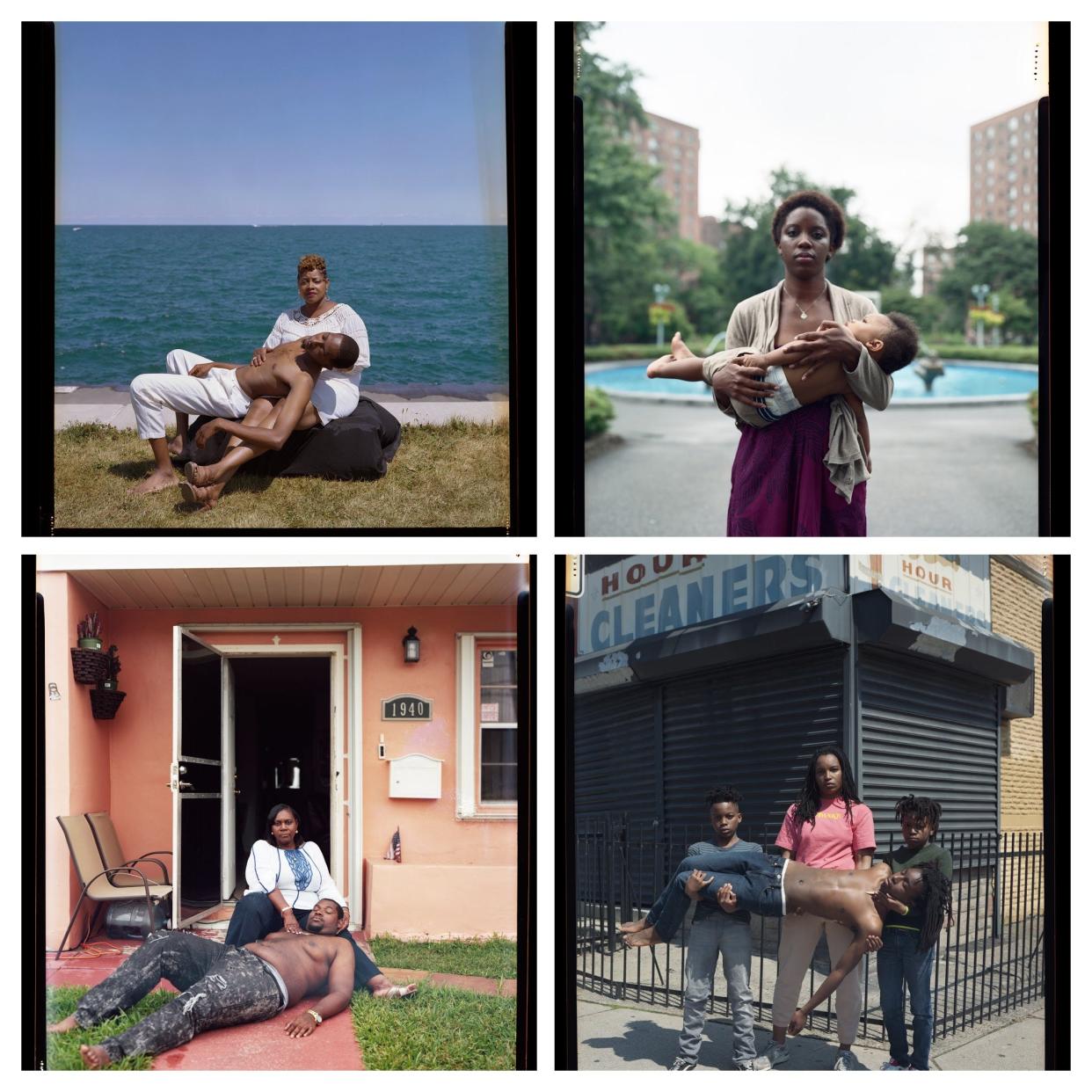
Over nine years, artist Jon Henry has created and shared his passion project: a photography exhibition calling attention to police killings of Black people.
The work, “Stranger Fruit,” features Black mothers with their sons in poses reminiscent of Michelangelo’s La Pietà. It's been published in a book and has traveled around the world, to museums in Korea, Italy, Germany, England, France and across the United States.
“Stranger Fruit” was scheduled to open on Jan. 10 at the Southeast Museum for Photography at Daytona State College, and run through April 15. But less than a month before the opening, it was abruptly canceled.
Initially, Henry said DSC's cancellation seemed odd. He assumed it might have something to do with Florida politics, but school officials told him an HVAC unit had leaked, causing damage to the ceiling and a wall inside the Southeast Museum of Photography, forcing the cancellation. Henry raised an eyebrow but didn’t say anything.

Earlier this month, more than eight months later, he received an anonymous letter stating college President Tom LoBasso had pulled the plug out of concern that the exhibit “did not align with the school’s values” and might “call negative attention to the college and conflict with their educational program on training future police officers.”
When Henry posted the letter, with some redactions he had made, on Instagram last week, he commented:
“This is the real cancel culture. Banning books, exhibitions, anything that goes against these fascist, white supremacist, police propaganda views. A complete joke.”
Amy Locklear, DSC's executive vice president and provost said in an email Friday that she ordered the exhibit to be canceled. Was the content an issue?
"No, I canceled it because of damage in the gallery," she wrote.
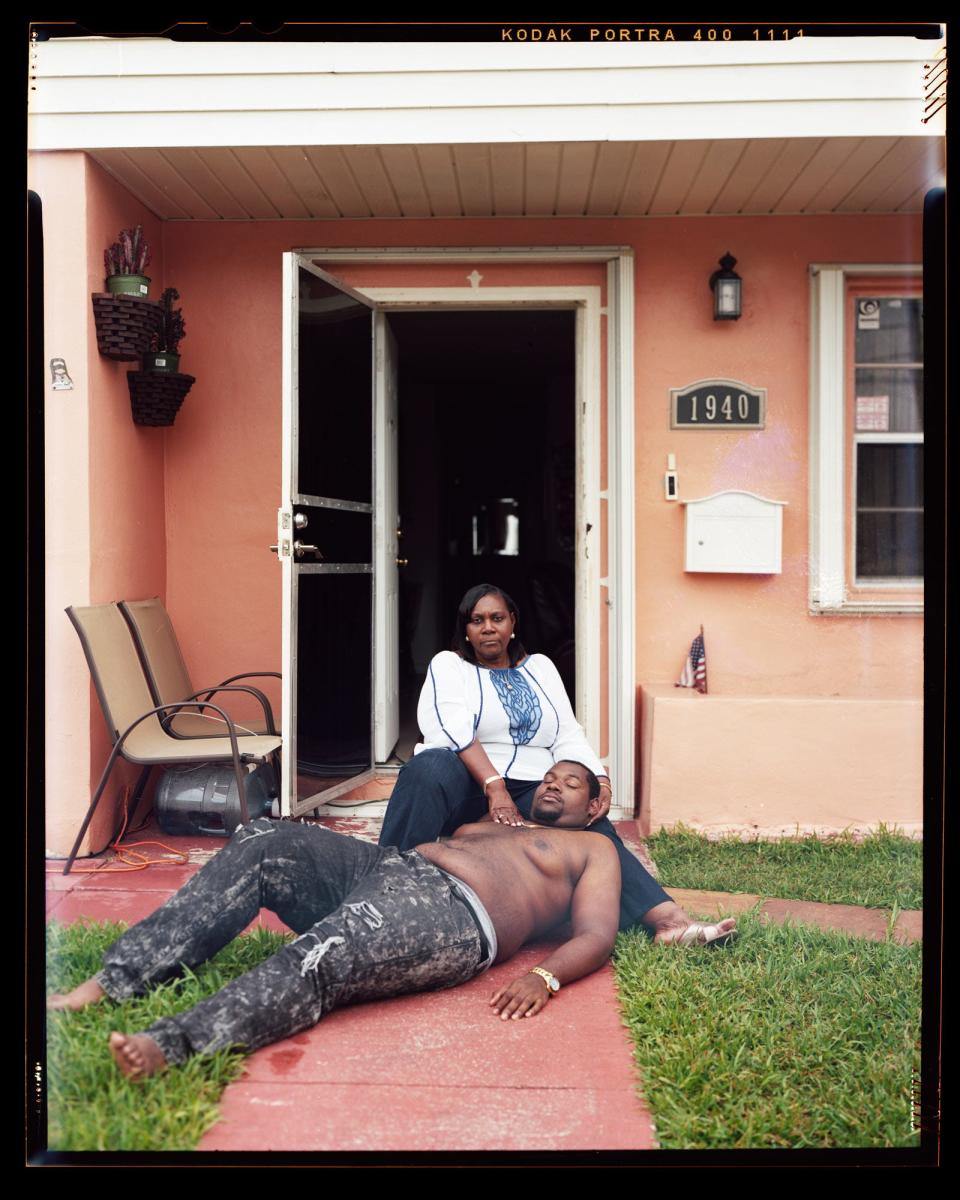
Responding to a public records request, the college provided documents showing that there had been some limited damage and repair work, but questions remain about why the 3½-month exhibition wasn't delayed or rescheduled.
Henry's title, “Stranger Fruit,” is a reference to a protest song about the lynching of Black Americans first recorded by Billie Holliday in 1939.
It’s also rooted in religion, as Henry said he previously worked at a church and became familiar with important religious artworks, including Michelangelo's Madonna della Pietà, also known as La Pietà. It is a sculpture that depicts Mary holding her son Jesus moments after he was taken from the cross following his crucifixion.

Henry, 41, started making his images in 2014.
The 2006 police fatal shooting of a man leaving his bachelor party had made a deep impression on him. Like Henry, Sean Bell was from Queens, New York, and was a similar age.
“I remembered that feeling, reliving the trauma,” Henry said. “One of my good friends was getting married and I was at his bachelor party and that’s all I could think of. What if this was happening to us?”
A quote he provided to the college for an unreleased press release explains his approach to the work:
“I set out to photograph mothers with their sons in their environment, reenacting what it must feel like to endure this pain. The mothers in the photographs have not lost their sons, but understand the reality that this could happen to their family.”
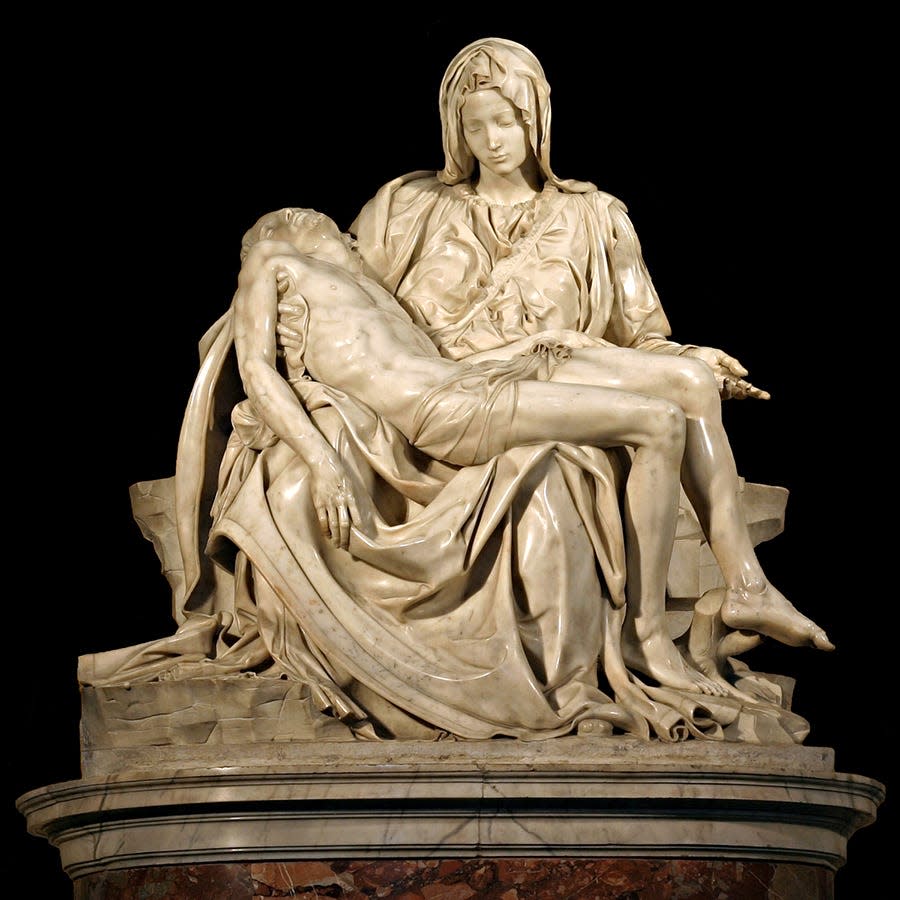
How 'Stranger Fruit' headed to Daytona
In the years since Henry started the project, the issue of police killings has become more and more prominent. The deaths of Michael Brown, Tamir Rice, Breonna Taylor, George Floyd and others added fuel to the Black Lives Matter movement and sparked mass protests and changes in some communities.
Erin Gordon, who was the Southeast Museum of Photography's director from 2020 to 2022, said she had first seen "Stranger Fruit" in 2018.
"From afar, the iconic Pietà pose was instantly recognizable and as I got closer, my jaw dropped," Gordon said in an email to The News-Journal. "Henry's photographs are profound, moving, beautiful and intensely sorrowful. They stuck in my mind for years afterward."
That's why she made it one of two exhibits she contracted for 2023. It was to run concurrently with a self-portraiture exhibition featuring artists of color, a variety of sexualities and different points on the gender spectrum, curated by Jillian Marie Browning of the University of Alabama at Birmingham.
"In many ways, 'Stranger Fruit' is also an exploration of bodies: how Black bodies are viewed by our society as disposable; how the exploitation of Black bodies have been used for the profit of others; how Black bodies are more heavily policed than white bodies; and how the suffering of Black bodies is so often ignored," she wrote.
When Gordon applied for a Florida Division of Arts and Culture grant for the 2022-2023 year, she included a description of "Stranger Fruit." The advisory board, appointed by the Gov. Ron DeSantis, the Senate president and House speaker, approved funding for it.
Gordon left the museum in February 2022 to take a job at the Art Institute of Chicago. She was replaced by Whitney Broadaway.
The anonymous letter
The anonymous letter Henry received, had an Orlando postmark.
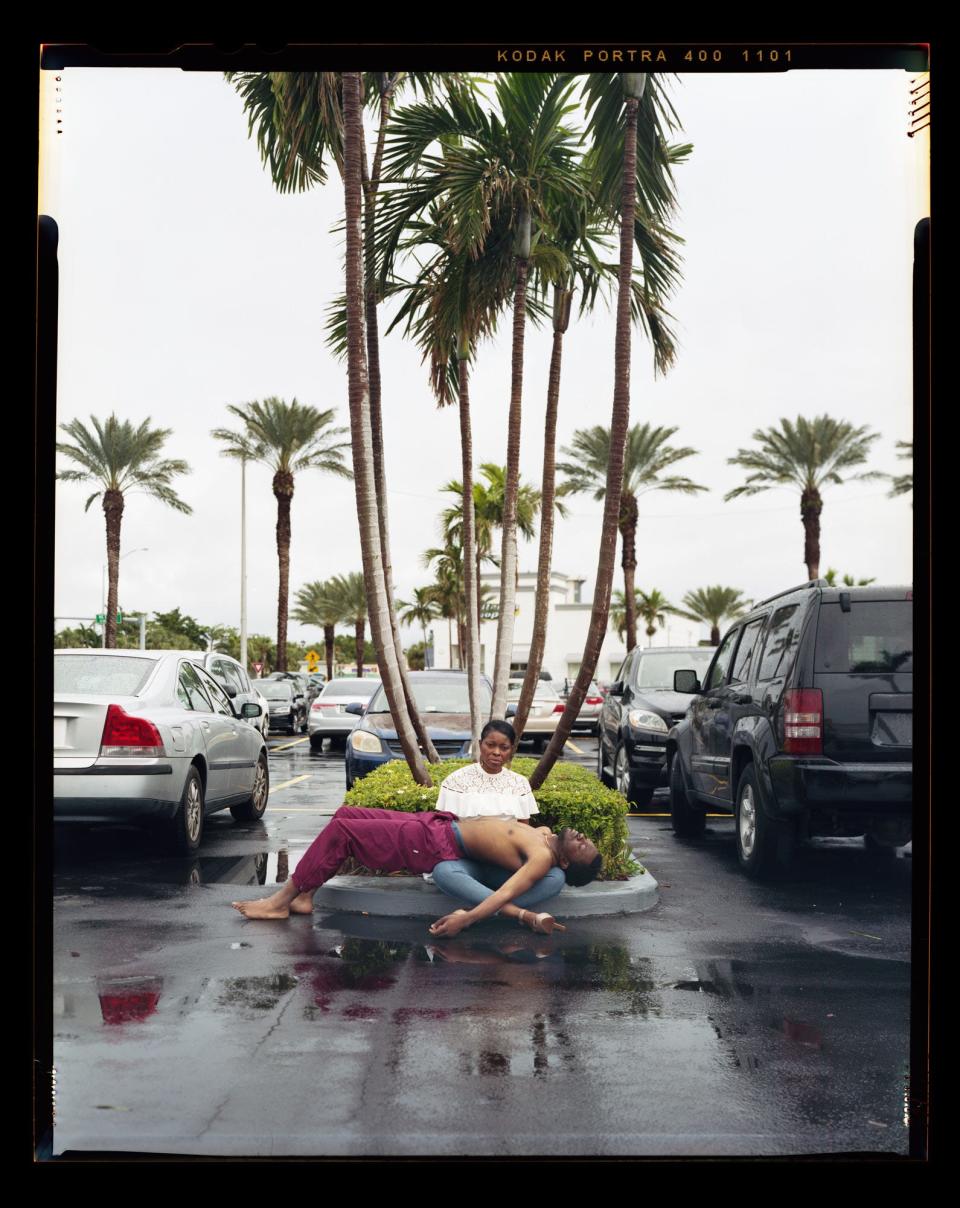
"I have mulled over sending you this letter for many months now. My only regret is not sending it your way sooner," the letter states.
The letter writer contends the gallery where Henry's exhibit would have been shown "was not in need of major repairs," pointing to LoBasso as the decision-maker.
"Dr. LoBasso felt that the content of 'Stranger Fruit,' especially the essence of what makes it so important, which is calling attention to police brutality, but the experience and fear of Black sons, mothers and families living in the U.S., did not align with the school's values," the letter states. "DSC has a police academy, which was unfortunately revealed to be factored into Dr. LoBasso's decision."
At the time, the college was lobbying the Legislature for millions of dollars to move its law enforcement and emergency services training center from the Advanced Technology College in Daytona Beach to a state-of-the-art facility to be built on the DeLand campus.
Meanwhile, lawmakers in Tallahassee carried out nearly all of Gov. Ron DeSantis' priorities, including pro-law enforcement measures, during the session that ended in May. If LoBasso wanted to avoid a provocative art exhibit challenging crimes and misdeeds by police officers, he did so during a time when Daytona State College secured $4.8 million for the new training center.
The letter to Henry states the museum's director, Broadaway, "tried everything she could do to stop Dr. LoBasso and the administration's decision to cancel your show," including offering to edit a press release that had alerted LoBasso to the coming exhibit. But the museum answers to LoBasso and the DSC administration.
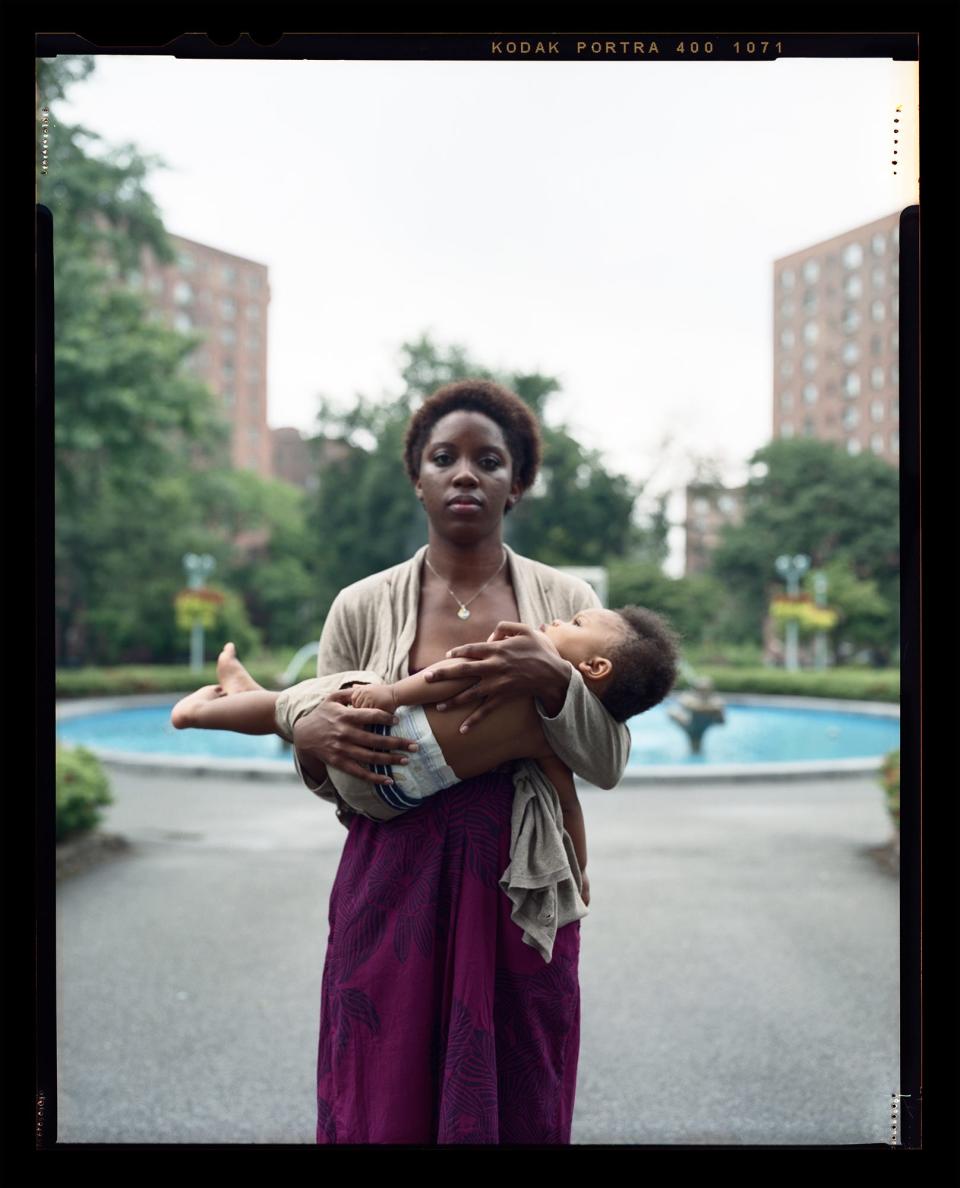
"Stranger Fruit" was on the museum's calendar for two years. Both Gordon and Broadaway worked diligently in making the arrangements, said Henry, who had already sent nearly 40 pieces to the museum by the time January arrived.
Upon hearing of the cancellation, Henry was left puzzled.
"It just doesn't add up logically," he said. "Even if (the wall) was damaged and needed repair work, you know, why wasn't the exhibition shortened? It was scheduled to run from Jan. 10 to April 15. Why wasn't it shortened or a postponement date given? All of the programming and talks just disappeared."
Records show some repairs made
DSC responded to a News-Journal public records request for emails and documentation of the HVAC-caused wall and ceiling damage. The school provided hundreds of pages of emails as well as requisitions, billings and photos of damage and work that was done on Building 1200 in the time frame when "Stranger Fruit" was to have been displayed.
As early as Sept. 16, museum technician Christina Katsolis submitted a ticket requesting the college's facilities department to help with the damage.

The museum, she wrote, suffered from wall damage when the air handler above the museum gift sop leaked. As a result, the water caused the paint to "bulge/wrinkle/buckle and the damage is highly visible," the message reads.
The work was assigned to a facilities employee, Lloyd Klopfenstein, on Sept. 20. In an email, Klopfenstein informed Broadaway he would be available to repair the walls during one week in March. Broadaway suggested the week of March 20-24, and the ticket was marked completed on March 23.
Despite the September damage, emails between Broadaway, Henry and other college staff show the preparation for the event moving along rapidly, with Henry's art arriving at the college in boxes, strategizing for how it should be displayed and marketing the opening reception and exhibition.
Broadaway provided a draft of a press release to Jim Graham, the college’s communications manager.
On Dec. 15, Graham wrote to Broadaway that he had sent the press release to LoBasso to review, explaining: “He likes to know what we have going out.”
'Bad, last minute news'
At 2:27 p.m. the following day, the last before the college went on winter break, Broadaway provided Locklear, the provost, a draft of an email she was planning to send to Henry to inform him of the exhibition's cancellation.
“I apologize that I have some very bad last minute news. The museum’s lower gallery actually sustained significant water damage relating to the HVAC system over the course of the evening," Broadaway wrote in the proposed email.
She explained Henry's art was safe, but repairs would be needed to "a large portion of the ceiling and wall," and the gallery would need to be shut down "for a while."
Broadaway emailed Henry at 3:12 p.m. with news of the cancellation. Her email was nearly identical to the draft she had sent Locklear.
At 5:14 p.m., Henry responded to Broadaway: “Damn, thats terrible news. ... I was looking forward to this exhibition.”
The college went on winter break. On the morning of Jan. 4, Graham, apparently unaware that the exhibit had been canceled, wrote to Broadaway: "Did you get approval for the other press release? I recall someone wanted more time with it."
Within minutes, Broadaway replied: "Unfortunately, after reviewing our other press release, Dr. LoBasso instructed us to cancel the 'Stranger Fruit' exhibition."
But in a memo dated Tuesday, Aug. 22, Broadaway attempts to clarify "some poor choices of wording." She explains she was simply trying to inform Graham that he no longer needed to concern himself with the "Stranger Fruit" press release.
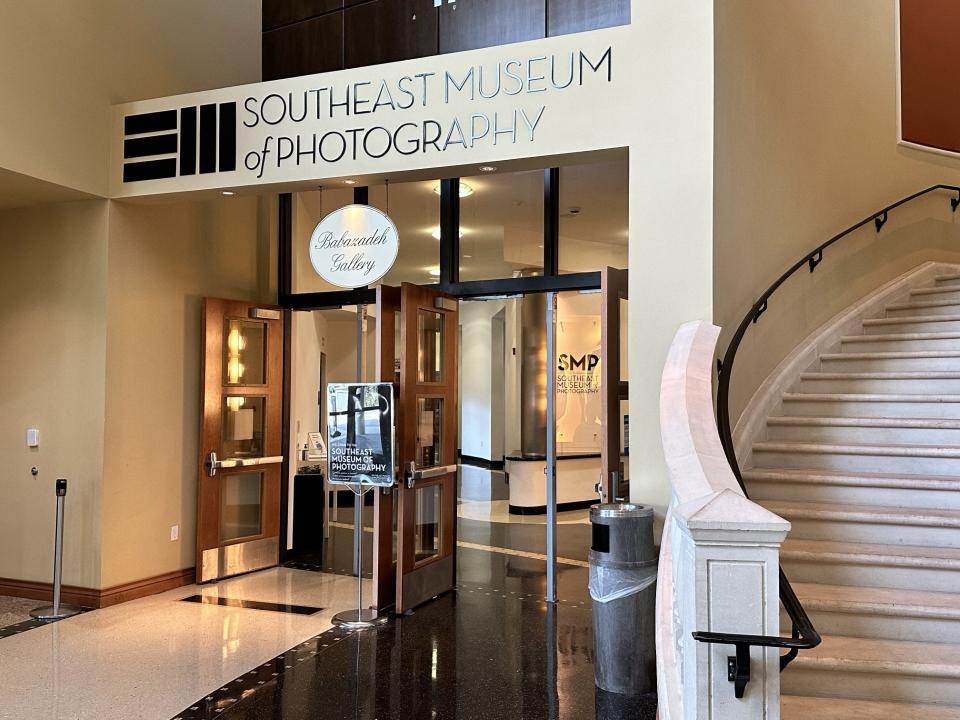
"I was never in direct contact with Dr. LoBasso regarding the exhibition, and the only member of the administration I was in contact with during this matter was the provost, Dr. Amy Locklear. Dr. Locklear instructed the museum to close the 1st floor gallery to make repairs."
But there was no documentation of any new damage caused overnight on Dec. 15-16. Locklear said in her email to The News-Journal there was already an open work order in the system.
"We do not always submit a new one when there is an ongoing issue," she wrote.
Chris Thomes, the college's director of marketing and communications, said LoBasso would not be made available for an interview and that the records tell the story.
'Cowardice and censorship'
Former museum director Gordon, who is a DSC alumna, said the college has historically supported exhibitions with provocative content, including graphic war reportage and "Prison Nation," a look at how people of color have been disproportionately incarcerated, which she said was "arguably just as political" as Henry's work.
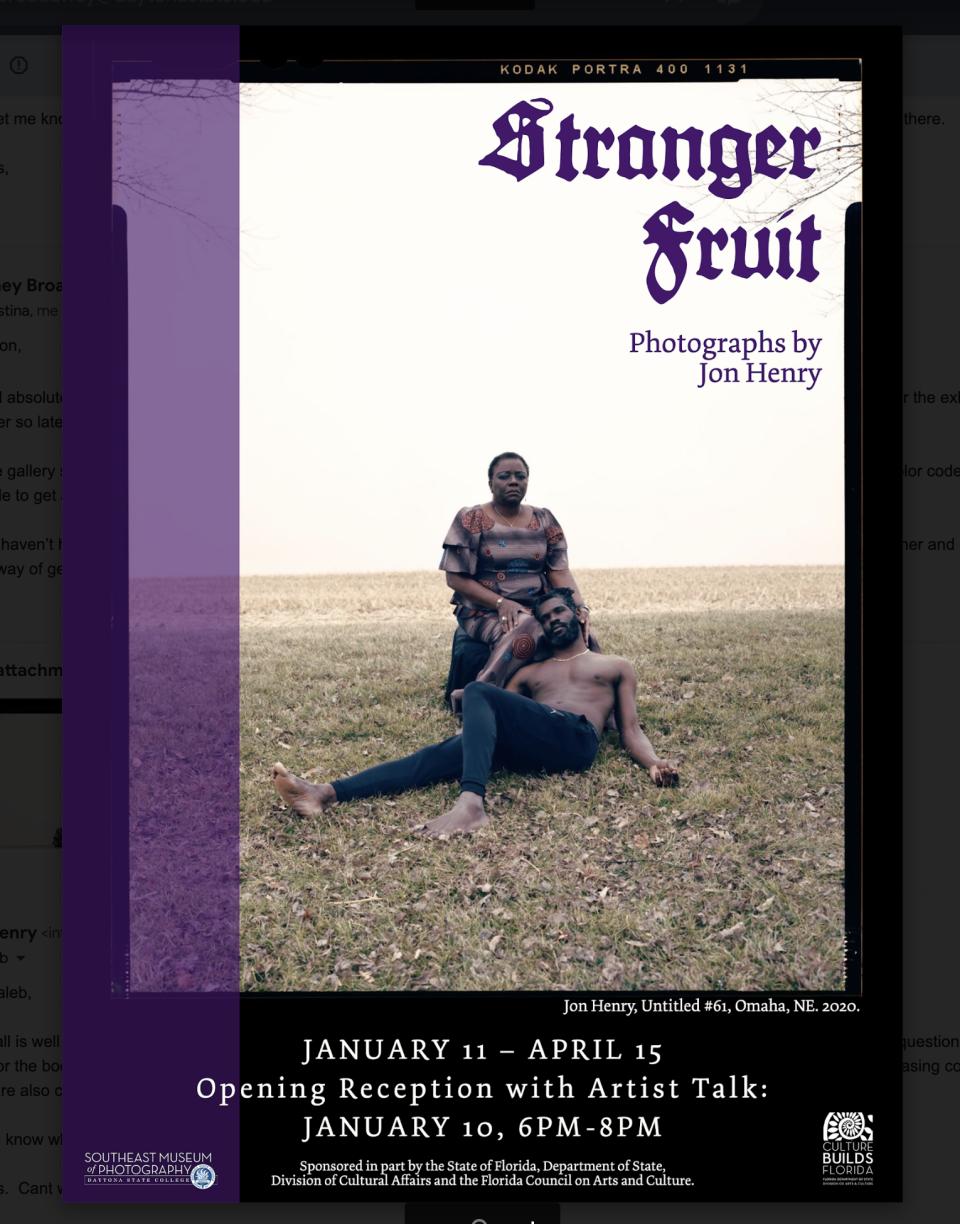
"That it was postponed and then subsequently canceled by college administration is devastating and infuriating. I am personally disgusted," Gordon wrote.
"If the State of Florida supported this exhibition's concept and content, why and how could the (DSC administration) take umbrage? If, as I suspect, the reason is simply that they did not want to upset Governor DeSantis and risk having funding withheld (a prevalent threat among Florida's public institutions), that is, in my view, both an act of cowardice and censorship − something the Florida governor claims he is adamant about protecting students from."
Eric Breitenbach, who retired in 2021 as a professor of photography at Daytona State after 40 years, said he, too, was initially outraged upon hearing of the cancellation of "Stranger Fruit."
"I deplore censorship of any kind − not to mention that Henry’s photographs were recently published in National Geographic magazine, which lends great credibility to their worthiness as art and social commentary," he said in an email to The News-Journal.
Breitenbach, who co-produced a documentary about Mary McLeod Bethune and the statue of her that made it to the U.S. Capitol, said he has since cooled off but still saw it as "unfortunate" the school missed a teachable moment.
"The exhibition could have been used as a springboard for moderated discussion about contemporary policing, quite appropriate for a college with both photography and criminal justice programs," Breitenbach said. "Art has always prompted dialogue that enlightens viewers and participants, so it’s tragic that the show was canceled − as opposed to being rescheduled."
This article originally appeared on The Daytona Beach News-Journal: Why did Daytona State College abruptly cancel artist's photo exhibit?

